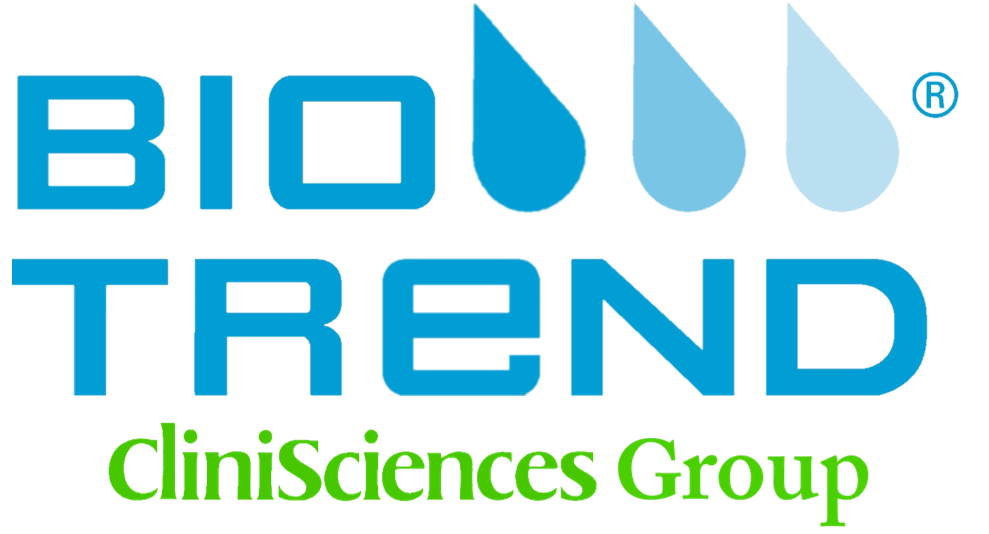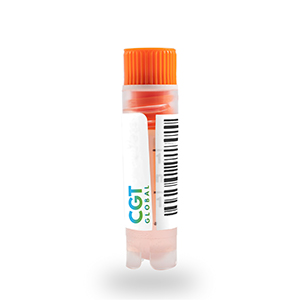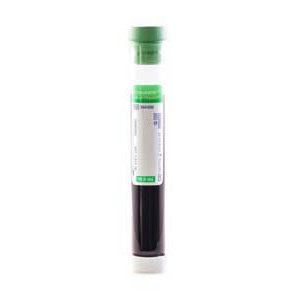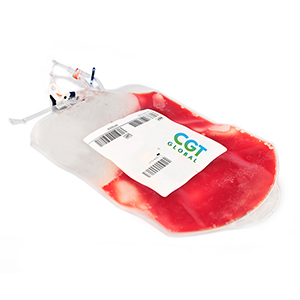The CGT Global Difference>
CGT Global is a Biospecimen Provider for a wide range of clinical and preclinical research projects. Our state-of-the-art laboratories and collection centers are located nationwide and provide end-to-end services: These services include: ":0,"335559739":0,"335559740":240}">":0,"335559685":0,"335559731":0,"335559739":0,"335559740":240}">":0,"335559685":0,"335559731":0,"335559739":0,"335559740":240}">":0,"335559685":0,"335559731":0,"335559739":0,"335559740":240}">pme2x7h39 fl-col-small" data-node="sj5pme2x7h39"> 
Description
Cell differentiation along the erythroid lineage arises from hematopoietic stem cells within cord blood. The cell surface marker CD36, which is considered an early marker of erythrocyte differentiation, is acquired as the differentiation of this lineage progresses. However, the rarity and heterogeneity of the CD36 population make it difficult to isolate in vivo. In order to obtain CD36+ erythroid progenitor cells, CD34+ hematopoietic stem cells (HSC) are isolated and cultured in serum-free expansion media supplemented with factors formulated to promote the expansion and differentiation of human erythroid progenitor cells.
Human cord blood CD36+ erythroid progenitor cells are derived from cultured cord blood CD34+ cells. First, CD34+ cells are positively selected using immunomagnetic anti-CD34 microbeads from the mononuclear cell fraction. The isolated CD34+ cells are cultured in StemSpan. Cultured cells are harvested after 10 days. Isolated cells are characterized by flow cytometry prior to cryopreservation to ensure a highly pure and viable cell population.
Cells were obtained using Institutional Review Board (IRB) approved consent forms and protocols.
Additional information
| Anticoagulant | |
|---|---|
| Format | |
| Grade | |
| Species | |
| Cell and Tissue Source | |
| Disease State | |
| Donor Attributes |





